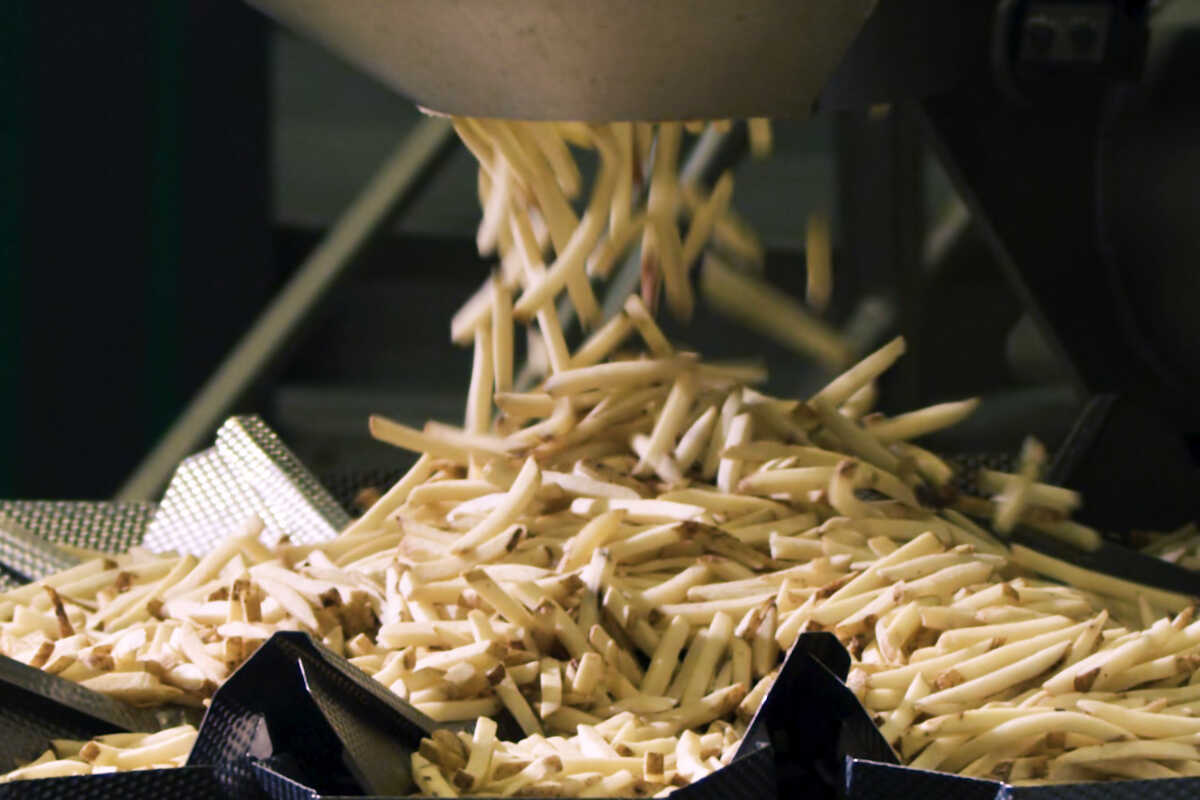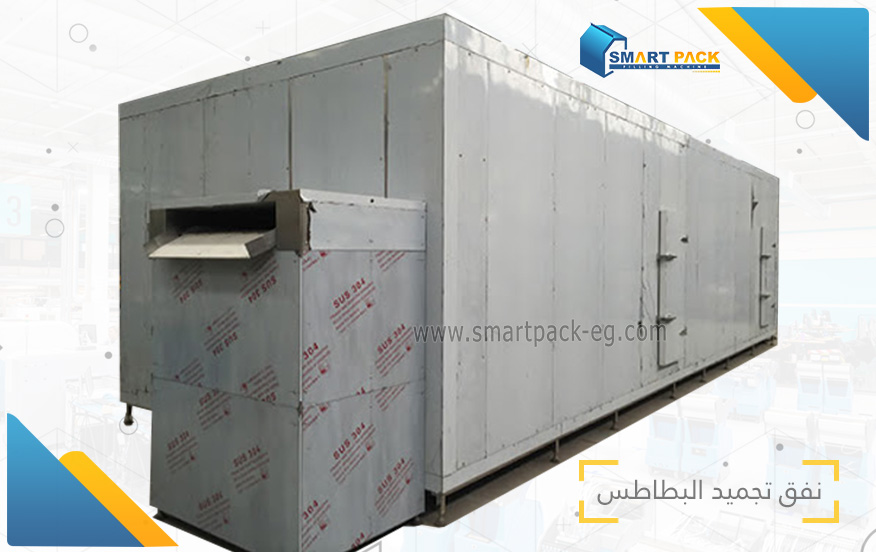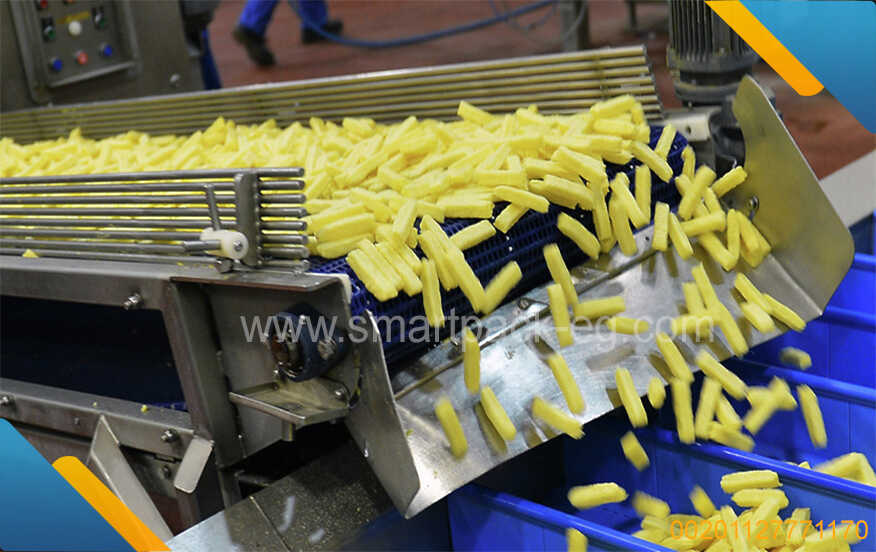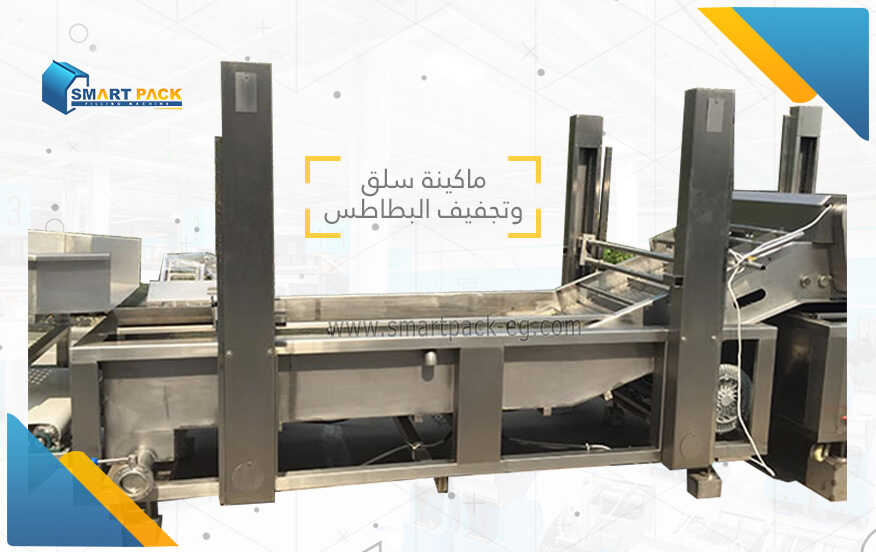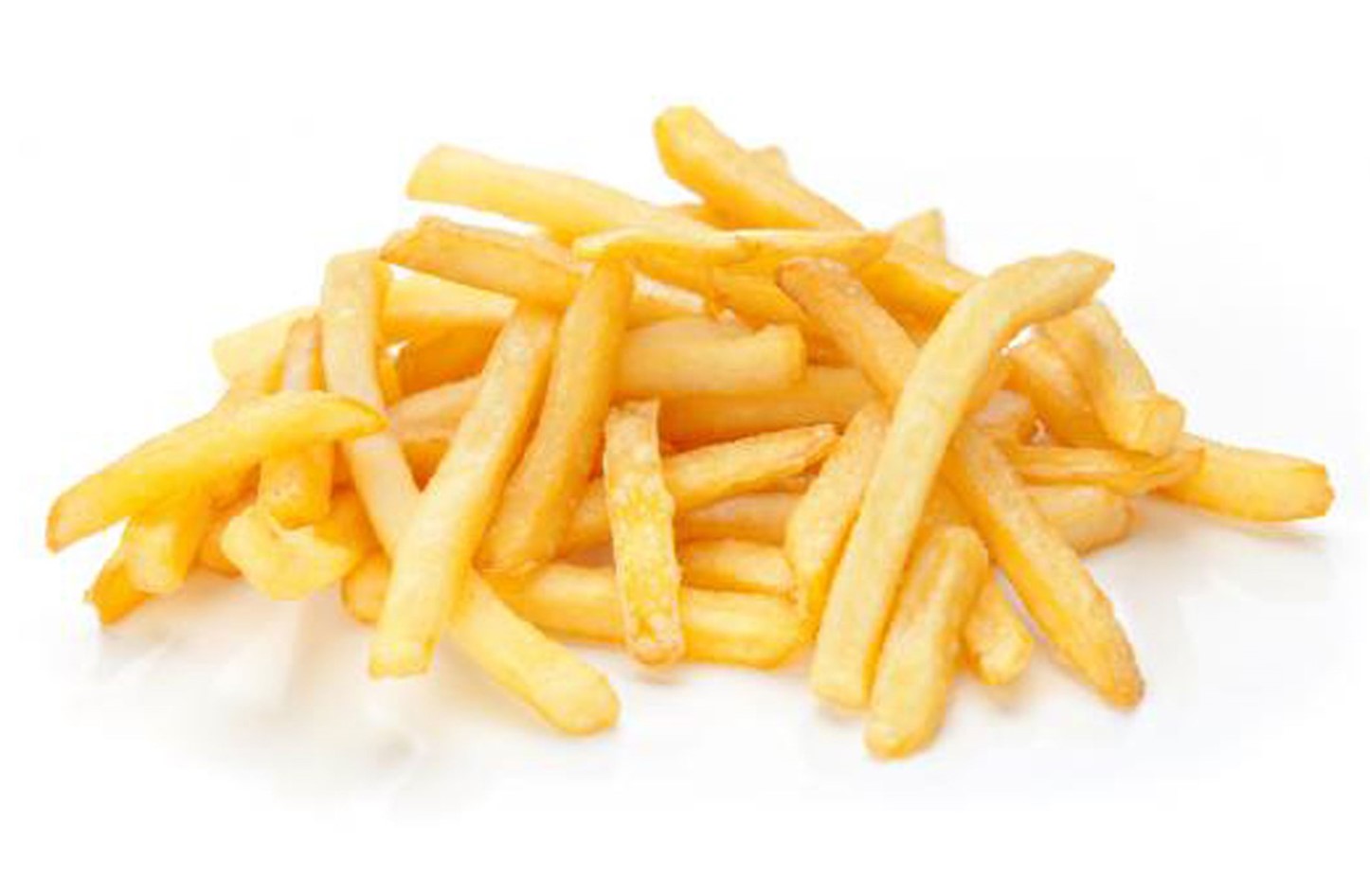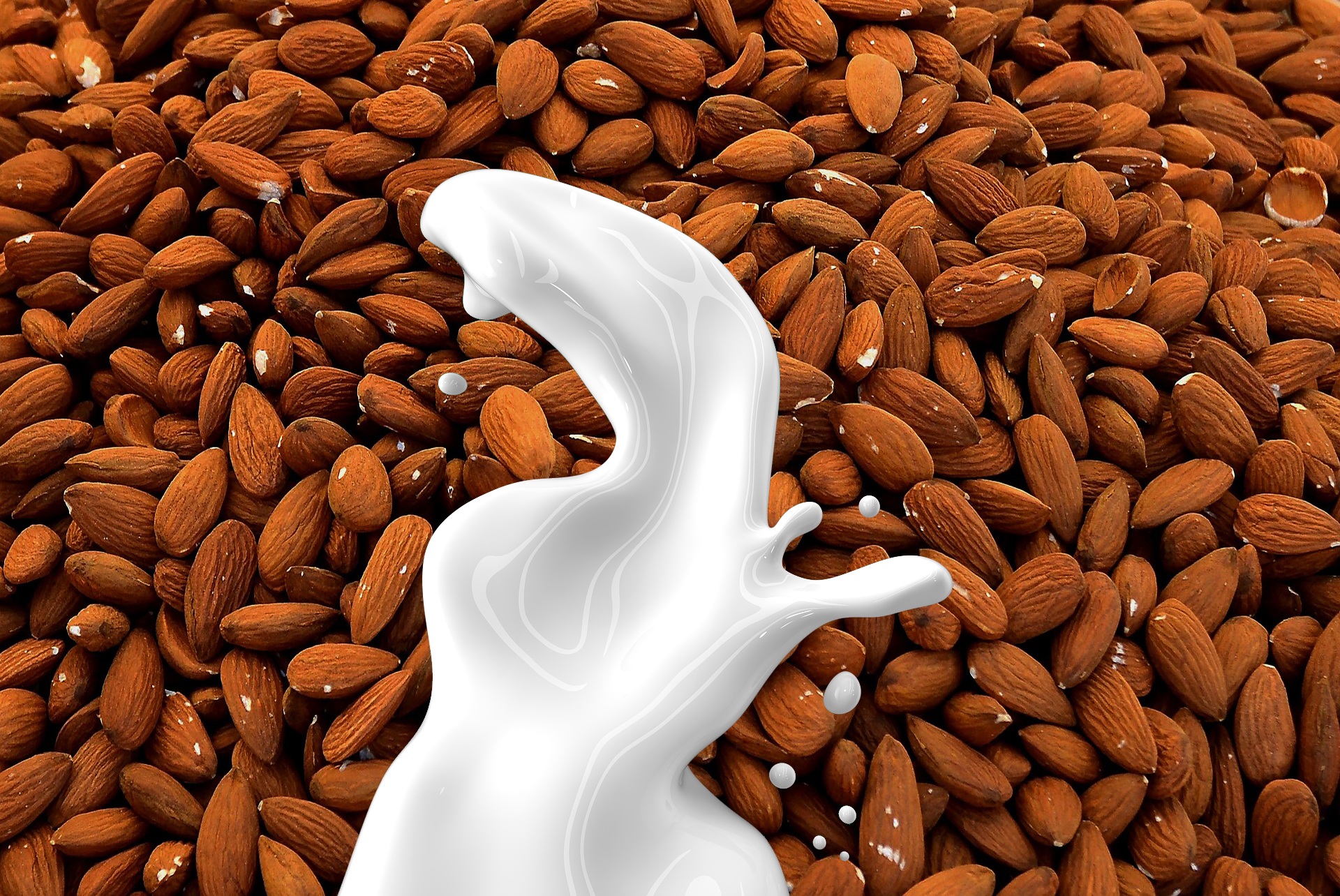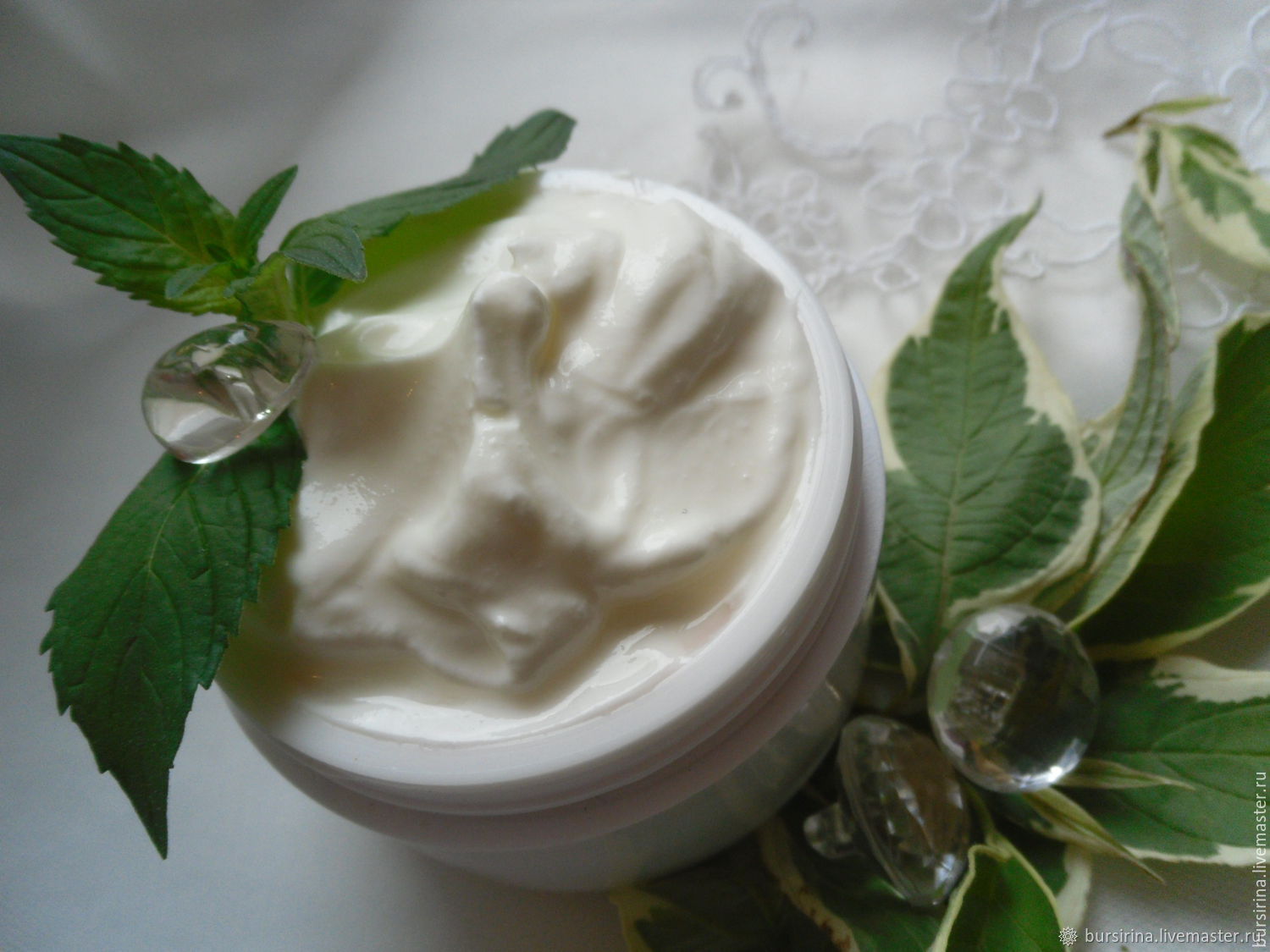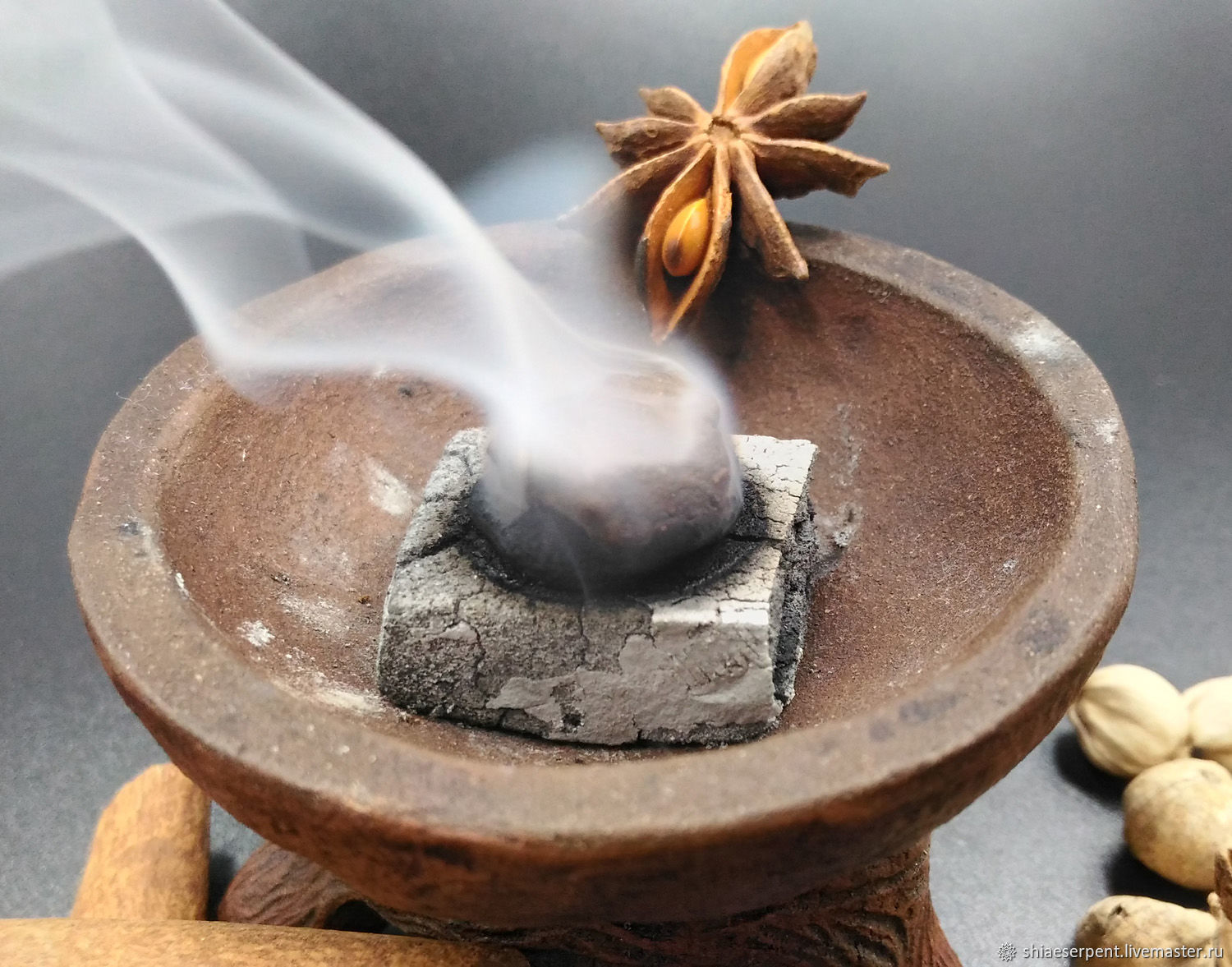How to Guide: Learn About the Stages of Plastic Manufacturing and Its Formation Methods
Plastic manufacturing plays a vital role in our modern world, with plastic products being used in countless applications across various industries. Understanding the stages of plastic manufacturing and its formation methods can provide valuable insights into this fascinating process. In this guide, you will delve into the key stages involved in plastic manufacturing and gain a comprehensive understanding of how plastics are formed.
-
Raw Material Selection:
The first step in plastic manufacturing is the selection of the raw materials. Plastics can be derived from both natural and synthetic sources. Common raw materials include petroleum, natural gas, and coal. The choice of raw material depends on factors such as desired properties, cost, and environmental considerations. -
Polymerization:
Polymerization is a crucial step in plastic manufacturing where small molecules called monomers are chemically bonded together to form long chains known as polymers. This process can occur through various techniques such as addition polymerization or condensation polymerization. -
Compounding:
Once the polymers are formed, they need to be modified to enhance their properties or incorporate additional substances. Compounding involves the addition of additives such as fillers, stabilizers, flame retardants, and colorants to improve characteristics like strength, durability, and appearance. The process typically takes place in specialized compounding machines. -
Molding:
Molding is the process of shaping the plastic into its final form. There are several molding techniques used in plastic manufacturing, including:-
Injection molding: This method involves injecting molten plastic into a mold cavity under high pressure. It is commonly used to produce complex shapes and large quantities of products.
-
Blow molding: Utilizing air pressure, blow molding creates hollow objects such as bottles or containers from a molten tube of plastic.
-
Extrusion molding: This technique involves pushing molten plastic through a die to create long and continuous shapes, such as pipes or sheets.
-
Compression molding: In compression molding, the plastic material is placed into a heated mold, which is then closed and compressed to form the desired shape. This method is often used for products requiring high strength and intricate details.
-
-
Finishing and Assembly:
After the plastic has been molded, additional processes may be required to refine the product. This can include trimming excess material, adding surface finishes like textures or coatings, and assembling multiple plastic components together. These steps contribute to enhancing the functionality and aesthetics of the final product. -
Quality Control and Testing:
Throughout all stages of plastic manufacturing, quality control measures are essential to ensuring consistent product quality. Various tests such as dimensional measurement, tensile testing, impact resistance evaluation, and visual inspections are conducted to verify the product's adherence to specifications and standards.
By following this guide, you can gain a comprehensive understanding of the stages involved in plastic manufacturing and its formation methods. It's important to note that the specific processes may vary depending on the type of plastic being produced and the intended application. With this knowledge, you can appreciate the complexity and versatility of plastic products that surround us in our daily lives.

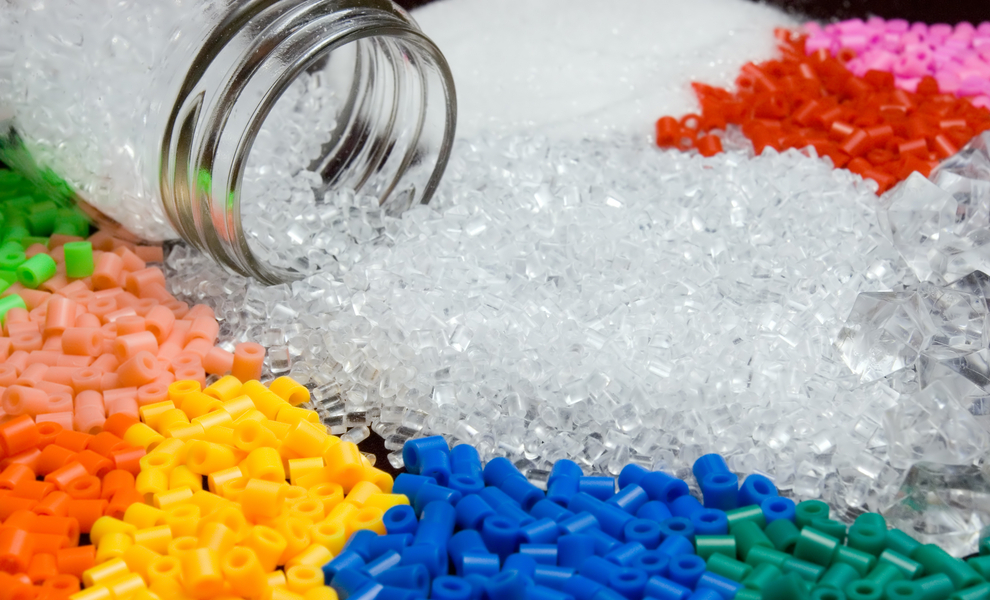

 Admin
Admin 